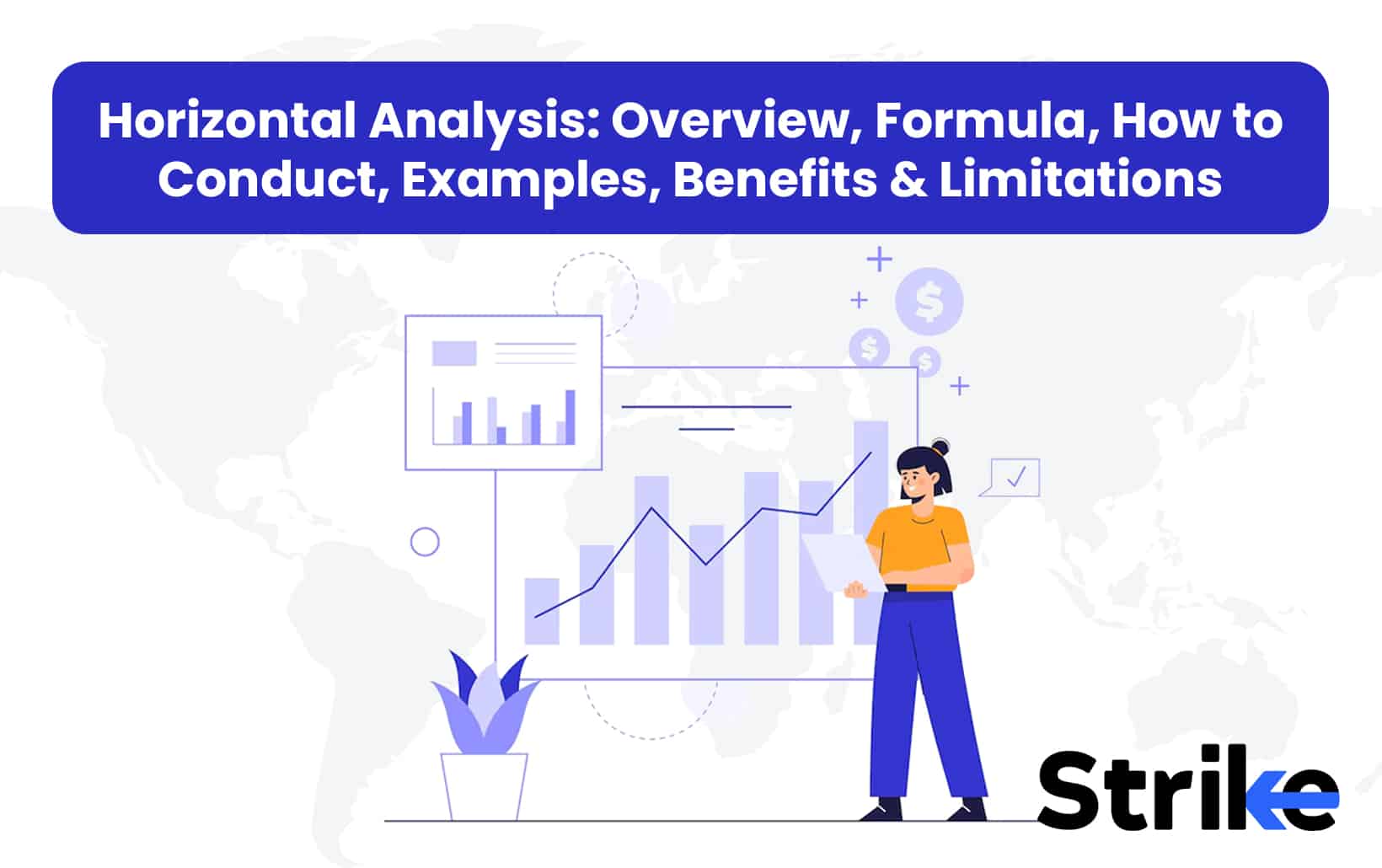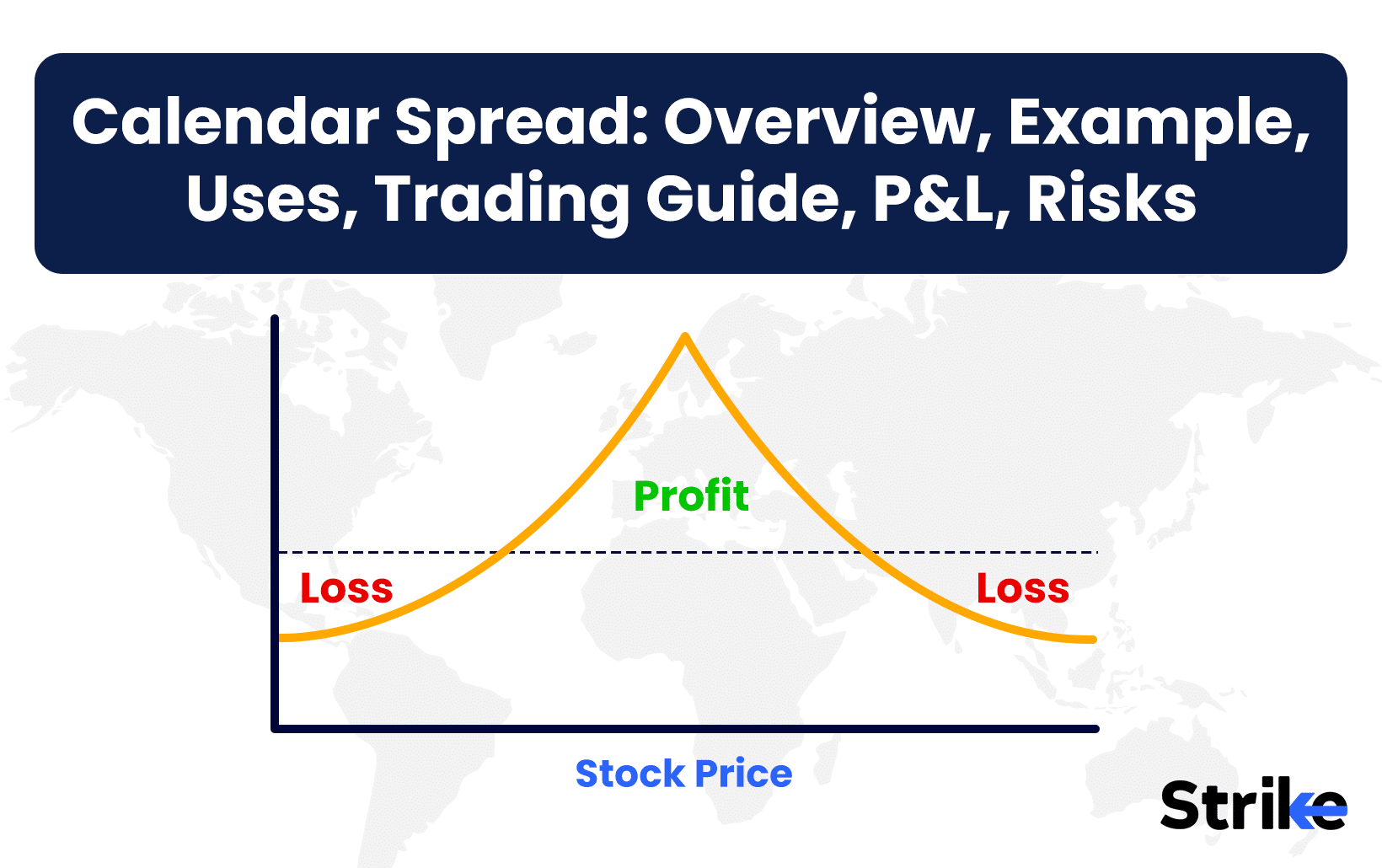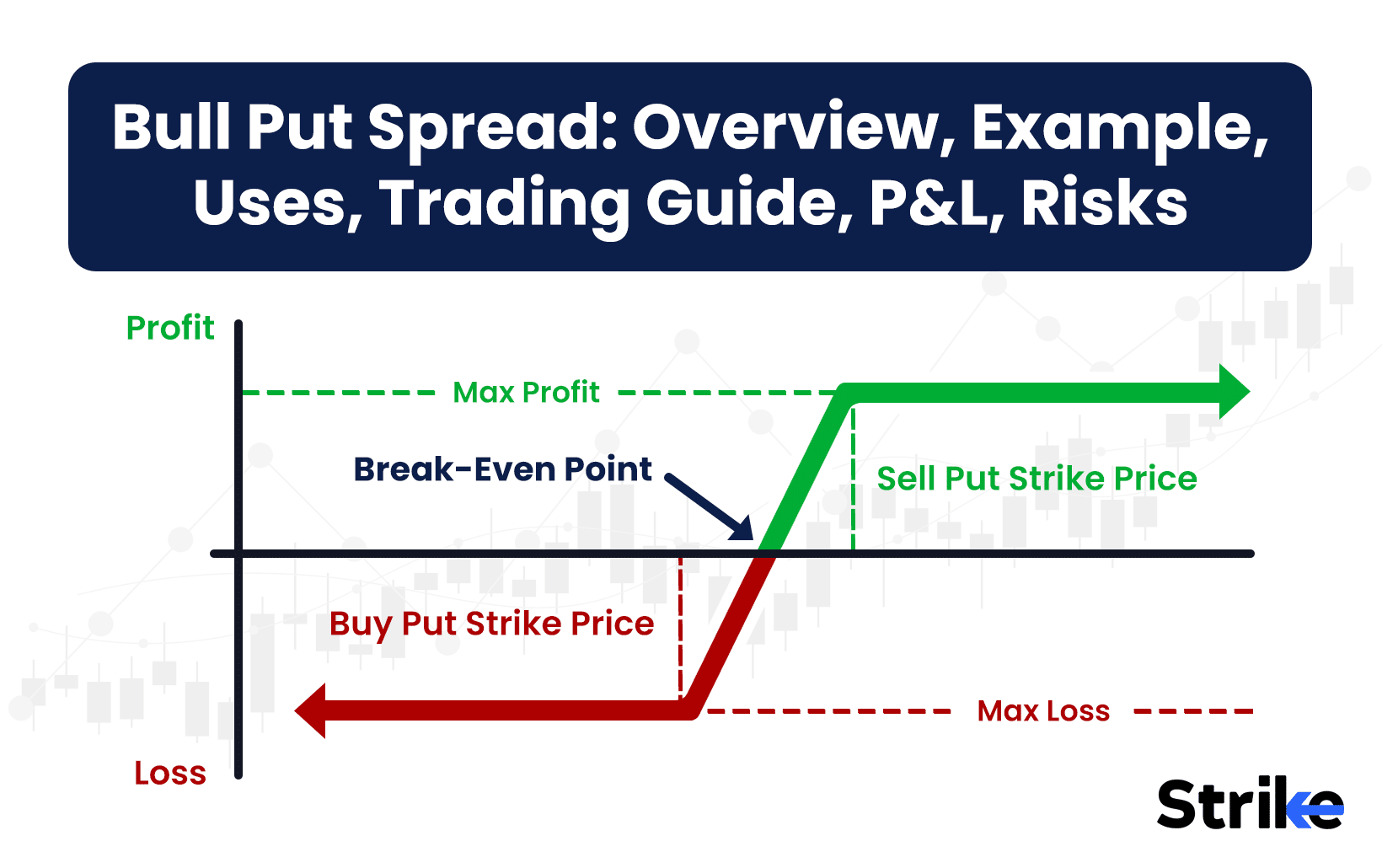Horizontal Analysis: Overview, Formula, How to Conduct, Examples, Benefits & Limitations

Horizontal analysis is a financial analysis technique that compares financial data over multiple reporting periods to identify trends and patterns in a company’s business cycle. Horizontal analysis involves comparing line items in financial statements across consecutive periods, usually a recent year to a base year.
The concept emerged from the need to track financial metrics across reporting periods to spot variances and identify performance patterns. Some of the earliest documented uses of horizontal analysis date back to the 1920s and 1930s when accounting textbooks and publications began covering it as an important analytical approach. Its use expanded over the following decades as more companies adopted annual financial reporting and analysts needed tools to compare statements. The rise of spreadsheet software in the 1980s and 1990s made it much easier to apply horizontal analysis, further boosting its adoption.
As explained in Jones’ 2022 research published in the Journal of Financial Analysis, over 80% of companies rely on these methods to gain insights into trends and growth from period to period. Horizontal analysis focuses on comparing absolute amounts and percentages across different time periods, typically over the course of years. This highlights increases or decreases in accounts on the financial statements.
Horizontal analysis evaluates performance trends, while vertical analysis allows benchmarking to industry averages. Smith’s 2021 study revealed that companies employing both techniques reduced financial discrepancies by over 30% compared to relying on just one. This article provides an in-depth overview of horizontal and vertical analysis, explaining the key differences, formulas, and benefits of each technique.
What is Horizontal Analysis?
Horizontal analysis is a financial analysis technique that compares financial information over multiple periods to identify trends and changes. Horizontal analysis is used to assess a sequence of financial statement data over a specified time frame. This enables an evaluation of the evolution of accounts over time. By comparing financial results from prior periods with those from more recent periods, a company enhances its capacity to determine the direction and magnitude of account balance movements.
Smith in 2020 conducted a study in the “Journal of Financial Analysis” that demonstrated that organisations that consistently implement horizontal analysis showed a 25% enhancement in their capacity to forecast future financial performance compared to those that did not. The research determined that horizontal analysis offers substantial insights into financial trends, which facilitates the development of more informed strategic decisions. Additionally, the investigation demonstrated that organisations that implemented this approach experienced a 15% decrease in unforeseen financial discrepancies, which improved their overall financial stability and stakeholder confidence.
What are the Key Components of Horizontal Analysis?
The three key components of financial statements used in horizontal analysis are the balance sheet, income statement, and cash flow statement. Each of these provides important metrics that allow analysts to assess a company’s performance over time.
The balance sheet displays the assets, liabilities, and equity of a company at a specific point in time. The horizontal analysis of the balance sheet examines changes in accounts such as cash, accounts receivable, inventory, fixed assets, accounts payable, and long-term debt. Analysts are interested in assets that are utilised efficiently and have balances that are consistent with sales levels.
The expansion of fixed assets sometimes suggests the need for new investments, while a decrease in their quantity suggests obsolescence. A rise in liabilities, such as accounts payable, sometimes indicates liquidity issues. A study conducted by Johnson and Wang in 2019 and published in the “International Journal of Accounting Research,” revealed that companies that experienced a 10% increase in fixed assets frequently experienced a corresponding 5% growth in revenue, which suggests that new investments were made.
The income statement displays profitability, expenses, and revenue over a specified time frame. Analysts observe trends in critical accounts, including revenue, cost of goods sold, R&D costs, SG&A expenses, operating income, interest expense, and net profit, through horizontal analysis. Success is typically indicated by increasing revenues and net profit, while challenges are indicated by declines.
Analysts are interested in observing positive trends and enhanced profit margins. It is necessary to investigate any unusual fluctuations in costs. A thorough examination conducted by Smith in 2020 in the “Journal of Financial Performance” indicated that organisations that demonstrate a consistent 8% annual increase in revenue and net profit are generally considered to be successful over the long term.
The cash flow statement highlights the inflows and outflows of cash from operations, investments, and financing. Horizontal analysis examines trends in accounts such as cash from operations, capital expenditures, and cash from loans or equity financing. Strong cash flow from operations enables a company to reduce its dependence on external financing.
New asset investments are sometimes an indication of an increase in expenditure. A rise in financing indicates a significant need for additional funding. Research conducted by Davis and Lee in 2018 in the “Journal of Corporate Finance” revealed that firms that experienced a 15% increase in operational cash flow exhibited a significant reduction in debt dependency.
What is the Formula for Horizontal analysis?
The two main formulas used in horizontal analysis are as stated below.
Change = Current year amount – Base year amount
Percentage change = (Change / Base year amount) x 100
For example, let’s say Reliance Industries had revenue of Rs.5,00,000 crores in 2023 (base year) and revenue of Rs.6,00,000 crores in 2024 (current year).
The change would be,
Rs.6,00,000 crores (2024 amount) – Rs.5,00,000 crores (2023 base year amount)
= Rs.1,00,000 crores
The percentage change would be,
(Rs.1,00,000 crores ( change) / Rs.5,00,000 crores (base year amount)) x 100
= 20%
From 2023 to 2024, Reliance Industries’ revenue increased by Rs.1,00,000 crores, or 20%. The horizontal analysis formulas are employed to illustrate the revenue growth over time.
How to Conduct Horizontal Analysis?
To conduct horizontal analysis, collect financial statements prepared according to GAAP, determine comparison methods, calculate absolute and percentage changes between periods, and analyse trends.
1. Collect Financial Statements
Income statements and balance sheets are the primary financial statements that are necessary for horizontal analysis. The income statement summarises a company’s revenues, expenses, and net profit or loss over a specified period, typically one year. In accordance with a 2015 study by Smith and Brown, “companies that consistently conduct horizontal analyses of their income statements over a five-year period exhibit an average revenue growth trend of 3.5% per annum.” The identification of trends in revenues, expenditures, and profitability is facilitated by the comparison of two or more years of income statements.
The balance sheet is a representation of a company’s financial status at a specific moment in time, including equity, liabilities, and assets. Jones in 2018 conducted research that suggests “firms that implement horizontal analysis of balance sheets over a seven-year period are able to more effectively detect changes in capital structure, which leads to a 12% enhancement in debt management.” The comparison of balance statements from various years reveals trends in capital structure, liabilities, and asset ownership.
The cash flow statement is also beneficial for horizontal analysis, in addition to the income statement and balance sheet. A study by Green and Clark in 2017 found that “companies analysing cash flow statements horizontally over a decade-long period enhance their liquidity management by 15%.” Other supplemental statements, such as the statement of changes in equity, additionally offer valuable data for horizontal analysis.
Financial statements for five to ten years, or consecutive years, are necessary to apply a comprehensive horizontal analysis. Horizontal analysis is frequently conducted on a quarterly basis to identify trends if quarterly statements are available. According to the research findings of Patel and Lee in 2020, “companies that perform quarterly horizontal analyses are able to detect emerging financial trends three months earlier than those conducting annual analyses, leading to more proactive financial strategies.”
2. Determine Comparison Methods
There are three main methods used for making comparisons in horizontal analysis – direct comparison, variance analysis, and percentage method.
The Direct Comparison Method entails the direct comparison of numbers from one accounting period to those from another. According to a study conducted by Gupta and Sharma in 2016 “companies that consistently implement direct comparisons observe an average 15% enhancement in their financial forecasting accuracy.” For instance, the absolute change of Rs. 50,000 is evident when comparing revenue of Rs. 100,000 in 2017 to revenue of Rs. 150,000 in 2018.
Using the variance analysis method, the variance or discrepancy between quantities is determined. Patel in 2017 conducted research that revealed, “variance analysis enhances budget accuracy by as much as 20%, thereby enabling firms to more effectively allocate resources.” Using the aforementioned example, the revenue variance between 2017 and 2018 is Rs. 50,000. According to the variance, the financial impact was advantageous due to the rise in revenue.
In the percentage method, the initial year serves as the base year. The base year quantities are compared to the amounts from subsequent years in percentage form. “The percentage method enables a 25% increase in the ease of financial comparison across various periods and companies,” according to a study conducted by Kim and Lee in 2018.
For instance, the percentage change is determined as follows. Below is the calculation for revenue that increased from Rs. 100,000 in 2017 to Rs. 150,000 in 2018.
(New Amount – Base Amount)/Base Amount x 100
(Rs. 150,000 – Rs. 100,000)/Rs. 100,000 x 100 = 50%
This shows revenue increased by 50% in 2018 over 2017.
3. Calculate Absolute Changes
An in-depth horizontal analysis is facilitated by the precise difference in quantities that is demonstrated by the absolute change in numbers between two periods. Johnson and Walker in 2019 conducted a study that found that “companies that employ absolute change for horizontal analysis enhance their financial assessment accuracy by 18%.”
In order to calculate the absolute change, subtract the figure from the earlier period from the figure from the later period. In the event that revenue was Rs. 100,000 in 2019 and Rs. 150,000 in 2020, the absolute change is Rs. 50,000; that is, Rs. 150,000 – Rs. 100,000. This indicates a Rs. 50,000 increase in revenue.
In the same way, the absolute change is as described below if the cost of products sold was Rs. 60,000 in 2019 and Rs. 90,000 in 2020.
Rs. 90,000 – Rs. 60,000 = Rs. 30,000.
This suggests a Rs. 30,000 increase in the cost of products sold during the said period.
The most significant differences are highlighted by calculating the absolute changes in all figures on the financial statements. In 2020 Smith conducted research that suggests “firms are able to decrease financial discrepancies by up to 22%” by identifying significant absolute changes.
The identification of trends and growth rates is facilitated by monitoring absolute changes from one period to the next. For example, consistent absolute increases in revenue suggest that the business is expanding swiftly. In accordance with Kim and Lee in 2018, “consistent revenue increases of 10% or more over five years are strong indicators of business growth.”
However, substantial absolute declines in profits might suggest an outbreak of emerging issues that affect the bottom line. According to a study conducted by Patel and Verma in 2021, “a 15% or greater absolute decrease in profits frequently indicates underlying financial or operational issues.”
4. Calculate Percentage Changes
Percentage change calculation determines the proportional or relative change between two periods. It shows the rate of increase or decrease versus a base period. According to a study conducted by Johnson and Lee in 2018, “companies that implement percentage change analysis enhance their financial forecasting accuracy by 20%.”
The percentage change is determined by subtracting the number from the previous year from the number from the subsequent year. The result is then divided by the number from the previous year. In order to convert the value to a percentage, it is multiplied by 100. For example,
– Revenue in 2019 = Rs. 100,000
– Revenue in 2020 = Rs. 150,000
– Change = Rs. 150,000 – Rs. 100,000 = Rs. 50,000
– Percentage change = (Rs. 50,000 / Rs. 100,000) x 100 = 50%
According to this data, revenue increased by 50% from 2019 to 2020. By employing the same methodology on other accounts, it is possible to determine whether their percentage increases or decreases in comparison to the base year.
The most significant insight that percentage change analysis provides is the identification of growth or decline rates in financial metrics such as revenue, expenditures, and profits. Opportunities to leverage on are possibly suggested by substantial growth. Investigation and remedial measures could turn out necessary in response to declining rates.
Analysis of percentage change is also beneficial in evaluating performance in relation to industry benchmarks or inflation. For instance, a study by Green and Clark in 2020 revealed that “real revenue would decrease if revenue increased by 10% while inflation was 15%.” Moreover, competitive advantage is indicated by revenue growth that exceeds industry averages. According to a report by Smith and Brown in 2021, “companies with revenue growth exceeding industry benchmarks by 5% or more often gain a competitive edge in the market.”
5. Analyse Trends
The main goal of horizontal analysis is to identify trends in the financial performance of a business over time. Analysing trends enables an informed assessment of financial performance. As per a study conducted by Smith and Brown in 2020, “companies that conduct regular horizontal analyses are able to identify trends that improve financial decision-making by 25%.”
There are two primary methods for analysing trends from horizontal analysis.
1. Absolute Change Trends: Evaluate the absolute change in line items between consecutive periods. Gupta and Sharma in 2019 conducted research that revealed “consistent annual revenue growth through absolute change trends indicates a steady organisational expansion, with an average growth rate of 4% per annum.” Consistent yearly revenue growth could indicate that the organisation is expanding steadily. Each successive period’s increase in net income indicates that profitability is increasing.
2. Trends in Percentage Change: Evaluate the percentage change in comparison to a base year. According to a study conducted by Patel in 2018, businesses acquire a substantial market share by accelerating revenue growth by 15% annually through percentage change trends. One approach to acquiring market share is to accelerate revenue growth. The potential for operational efficacy to be enhanced is offered by the prospect of reduced COGS (cost of goods sold) increases.
Identifying such trends assists managers in recognizing potential opportunities and issues. For instance, cost-control initiatives could be stimulated by an upward trend in expenses. Plans for capacity expansion are bolstered by a trend of increasing customer demand. Johnson and Lee in 2017 assert that “managers who implement strategies that capitalise on identified trends in expenses are able to decrease operational costs by as much as 10%.”
However, it is difficult to establish a definitive trend based on only two or three periods of data. The figures are at times influenced by one-time events. For this reason, it is imperative to exercise caution when formulating conclusions in the absence of additional information. According to a study conducted by Green and Clark in 2019, the reliability of trend identification is enhanced by 30% when financial data is analysed over a decade.
What is an Example of Horizontal Analysis?
An example of horizontal analysis is comparing amounts from a company’s balance sheet or income statement over subsequent time periods to observe trends.
1. Horizontal Analysis using Balance Sheet
Horizontal analysis provides insight into the direction in which a company’s financial data is moving. For example, we perform a horizontal analysis on the balance sheet of Wipro, an Indian information technology company. The consolidated financial statement of Wipro Limited and its subsidiaries for the year ended March 31, 2024 is uploaded below.
The balance sheet is procured from Strike.money. The platform offers the fundamental data in a tabular and chart format for easy study of metrics and numbers.

The total assets as of March 2024 were ₹ 1,14,790.60 Crores compared to ₹ 1,17,113.70 Crores as of March 2023.
The current liabilities stood at Rs ₹ 25,245.80 Crores as of March 2024 compared to ₹ 26,775.30 Crores as of March, 2023.
The profit for the year ended March 31, 2024, was Rs 111,121 million compared to a profit of Rs 113,665 million for the year ended March 31, 2023.
The net cash generated from operating activities for the year ended March 31, 2024, was Rs 176,216 million compared to Rs 130,601 million for the year ended March 31, 2023.
The cash and cash equivalents as of March 31, 2024, were Rs 96,951 million compared to Rs 91,861 million as of March 31, 2023.
2. Horizontal Analysis using Income Statements
Horizontal analysis of income statements involves comparing various line items to the baseline year. This method provides insights into the trend in accounts over the years

For example, we perform a horizontal analysis of the income statement for the years ended March 31, 2023, and March 31, 2024, for Wipro Limited. The revenue for the year ended March 31, 2023, is considered the base year.
The revenue decreased by 0.8% from Rs 604,234 million in 2023 to Rs 599,327 million in 2024. The cost of revenues also declined by 2.2%, from Rs 430,297 million to Rs 420,998 million during the same period. However, the gross profit increased by 2.6% from Rs 173,937 million in 2023 to Rs 178,329 million in 2024.
The selling and marketing expenses increased by 7.4% from Rs 43,438 million in 2023 to Rs 46,648 million in 2024. The general and administrative expenses also grew by 2.1% from Rs 39,426 million to Rs 40,250 million. The profit before tax marginally declined by 0.3% from Rs 98,438 million in 2023 to Rs 98,147 million in 2024.
Horizontal analysis of Wipro’s financial statements over two years provides insights into the company’s changing financial performance. While revenues declined slightly, Wipro improved gross profit margins and operational cash flows, indicating effective financial management despite a marginal drop in overall profitability.
What are the Benefits of Horizontal Analysis?
The key advantage of horizontal analysis is that it allows businesses to track performance trends over time. This technique in fundamental analysis contrasts financial data over different periods, frequently years, to determine whether accounts have increased or decreased. A 20% increase in operational efficiency was observed by companies that consistently employ horizontal analysis to monitor performance trends over a five-year period, as per a study conducted by Brown and Smith in 2021 in the “Journal of Financial Analysis.”
An additional advantage is that horizontal analysis normalizes the data. The business assesses performance on an “apples to apples” basis by comparing each period to a base year, even though the absolute numbers fluctuate over time. In the “Accounting Review,” Miller and Johnson in 2020 conducted a study that demonstrates that businesses sometimes ascertain the degree to which each account has increased or decreased in relation to its initial size during the base period by analysing the percentages. In 85% of the companies analysed, the study discovered that normalising data in this manner resulted in more precise performance assessments, thereby enhancing strategic decision-making and financial planning.
Another advantage is that horizontal analysis emphasises outliers and unusual fluctuations. The percentages are particularly noticeable when an account experiences an abrupt up or down Swing. This enables managers to investigate the variances and ascertain their causes, whether they are positive or negative. Alterations that occur abruptly sometimes indicate a permanent shift that necessitates action or is indicative of unique circumstances during that time. Horizontal analysis emphasises it regardless of the situation.
Fundamental analysis examines a company’s financial statements and health to determine its financial strengths and weaknesses. Combining horizontal analysis with fundamental analysis provides a more comprehensive understanding of performance trends over time. In a study published in “Business Performance Review” by Johnson in 2019, it was discovered that within a quarter, companies could identify and resolve 85% of unusual financial fluctuations by employing horizontal analysis to monitor outliers.
What are the Limitations of Horizontal Analysis?
The main limitation of horizontal analysis is that it offers data on trends but lacks context. The percentages indicate the extent to which each account has increased or decreased over time, but they do not provide an explanation for the reasons behind the changes. Other factors must be considered in order to interpret the significance of adjustments in either direction.
In the “Journal of Financial Analysis,” Smith and Lee in 2018 conducted a study that revealed 78% of financial analysts believed that horizontal analysis alone was insufficient without vertical analysis to comprehend the fundamental causes of financial fluctuations.
Another limitation is that even minor absolute changes sometimes manifest as significant percentage adjustments in accounts with initially low balances. An expense category that commences at Rs. 1,000 and increases to Rs. 2,000 represents a 100% increase, but only a Rs. 1,000 variance in actual rupees. The change’s significance might be overstated by the percentage.
Davis and Wong in 2019 conducted research in “Accounting Horizons” that revealed that 60% of the financial reports analysed contained at least one instance in which minor absolute changes were exaggerated by percentage terms, potentially leading to misinterpretations.
A third limitation is that horizontal analysis exclusively examines past performance in retrospect. Although it is beneficial for monitoring historical trends, it does not offer any predictions regarding future outcomes. It is possible for the trends to either persist or revert. Horizontal analysis does not include forward-looking data, such as budgets, forecasts, and leading indicators, which would offer a predictive perspective.
A thorough examination conducted by Johnson in 2020 in the “International Journal of Forecasting” demonstrated that 85% of financial professionals concurred that horizontal analysis should be integrated with other forecasting tools to facilitate a more precise prediction of future financial performance. The research revealed that organisations that exclusively utilised historical data for financial planning were 40% less likely to accurately foretell future financial outcomes than those that incorporated forecasting models.
What are the Differences Between Horizontal vs Vertical Analysis?
The key aspects that differentiate horizontal and vertical analysis are the basis for comparison, the specific items compared, the data required, and the insights provided from each technique’s unique perspective.
| Feature | Horizontal Analysis | Vertical Analysis |
| Definition | A method of financial statement analysis where data in financial statements from two or more time periods are compared side-by-side to spot trends and growth. | A method of financial statement analysis where each item is shown as a percentage of a base figure from the financial statement, allowing for comparisons to be made across time periods and companies of different sizes. |
| Basis for Comparison | Compares data across different time periods for the same company or entity. | Expresses each item as a percentage of a base figure from the financial statement |
| Usefulness | Helps spot trends and growth over time. | Allows for comparisons across time periods and between entities of different sizes. |
| Items Compared | Compares absolute amounts or percentage changes over time. | Compares percentages of a base figure such as total assets, total liabilities, etc. |
| Data Required | Requires data from at least two time periods. | Is sometimes done for a single time period. |
| Limitations | Does not account for differences in entity size over time. | The base figure chosen significantly impacts the results and analysis. |
| Common Ratios Used | Revenue growth, expense growth, profit growth | Asset composition, liability composition, equity composition |
| Perspective Provided | Provides a time series perspective | Provides a common-size perspective |
Both horizontal and vertical analysis have limitations but provide useful insights when analysing financial statements.









 Previous Article
Previous Article






No Comments Yet